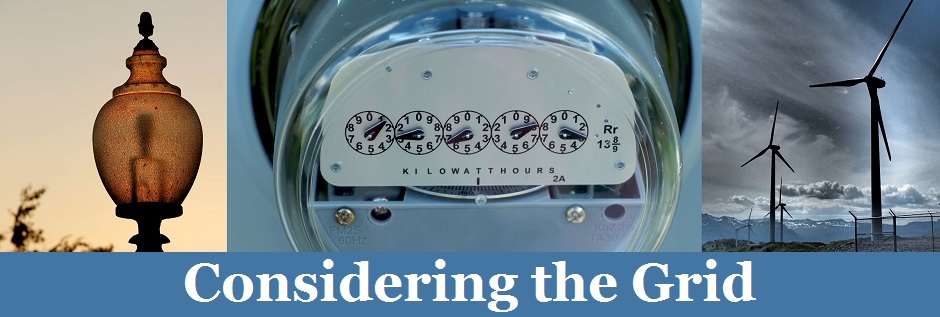This month, FERC issued a Notice of Inquiry and two Orders to Show Cause relating to the December 2017 Tax Cuts and Jobs Act. That tax overhaul, among other things, reduced the federal corporate tax rate from a maximum 35% to a flat 21% rate. FERC had received letters from a number of entities, including a bipartisan group of state attorneys general and ratepayer advocates, requesting that FERC act to ensure that the savings from lower tax rates are passed through to consumers.
The first Order to Show Cause is directed to thirty-three entities with FERC-jurisdictional stated transmission rates. The federal corporate tax rate is one component of a stated transmission rate and these rates currently do not reflect the new, lower rate of 21%. The second Order to Show Cause is directed to fifteen entities with FERC-jurisdictional formula rates that have a fixed line item in their formula rates for a 35% federal corporate income tax rate and which may prevent the use of the new lower tax rate. FERC found that these stated and formula rates may no longer be just and reasonable and ordered that each of these entities either propose a revision to its rate to reflect the new federal corporate income tax or show cause as to why it should not be required to do so.
FERC’s Notice of Inquiry seeks comment on the effects of the Tax Cuts and Jobs Act on FERC-jurisdictional rates (both electric and gas pipeline rates) and potential ways to adjust FERC-jurisdictional entities’ transmission or transportation revenue requirements so that customers do not overpay for service. In particular, it asks whether and, if so, how FERC should address the Tax Cuts and Jobs Act’s changes to accumulated deferred income taxes and bonus depreciation. Comments are due by May 21, 2018.
Separately, FERC has also proposed a rule that would establish a process for determining which FERC-jurisdictional natural gas pipelines may be collecting rates that are too high and would require interstate natural gas pipelines to file a one-time report on the rate effect of the Tax Cuts and Jobs Act.
At the state level, many states, such as Hawaii, Tennessee, Montana, and Massachusetts, as well as the District of Columbia, are taking action to ensure that tax savings are passed through to retail utility customers.

